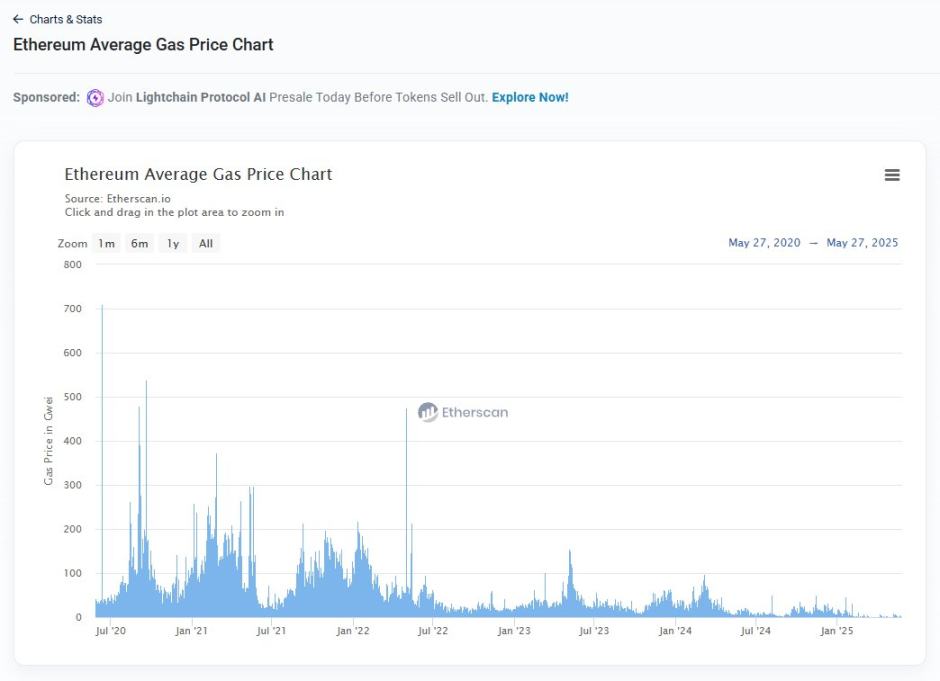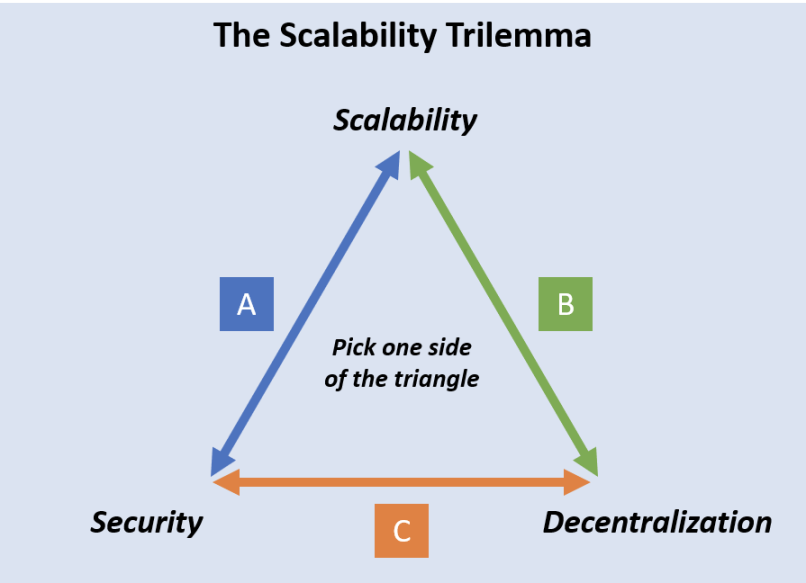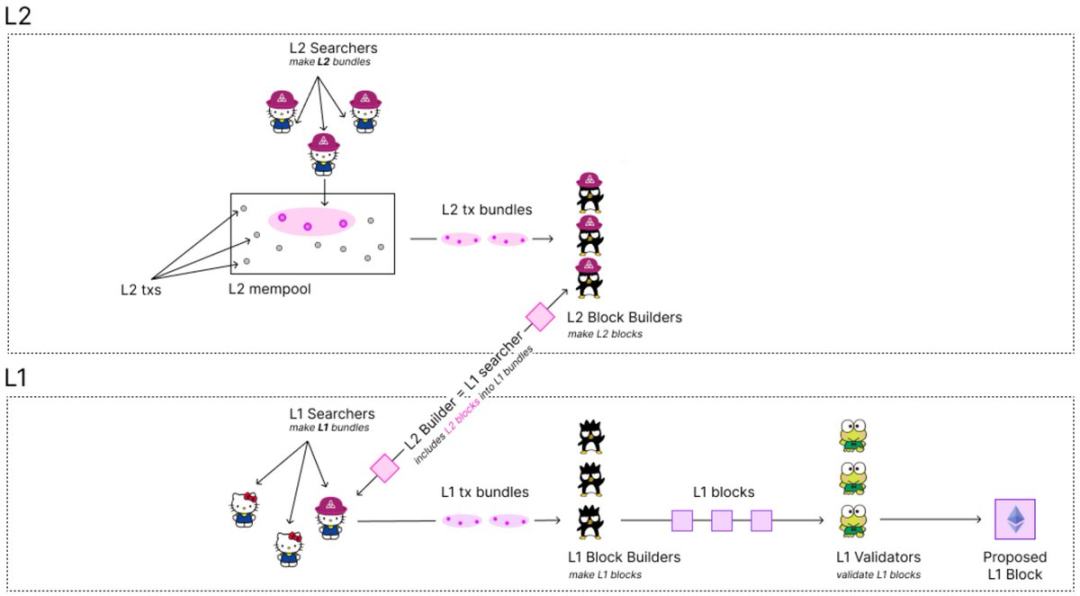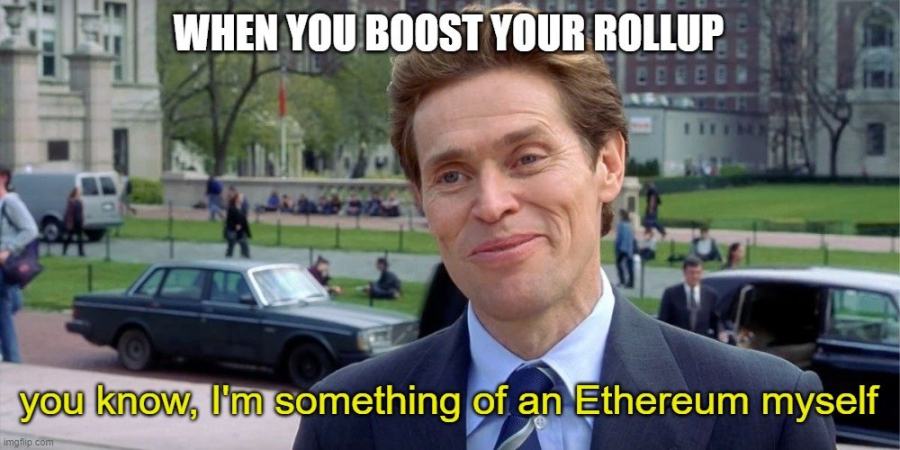Different L2 solutions have their own merits.
Written by: Todd
From the current results, after the gas fees on the Ethereum L1 mainnet dropped to a five-year low, many projects feel that deploying on L1 may not be out of the question. So many people are asking, what core problems are the current L2 solutions addressing?

There is an old topic called the blockchain trilemma. According to Vitalik's explanation, it means that you can only choose two out of three: [Security], [Decentralization], and [Scalability].
Returning to the essence of technology, these are the problems that L2 should solve:
First, the state summary is placed on L1, with the mainnet maintaining [Security];
Second, efforts are made to keep [Decentralization] as much as possible in the sequencer;
Finally, [Scalability] is cleverly achieved off-chain by L2.

Different L2 solutions have their own strengths, and everyone is familiar with OP Rollups and ZK Rollups. Today, I want to discuss something different, such as Based-Rollup.
The Based L2 solution was also proposed by Vitalik early on, and L2 projects like Taiko have been promoting the Based Rollup concept.
PS: Note that it is Based, which has nothing to do with Coinbase's Base; Base is also OP-based.
As we all know, in a standard OP-based L2 system, the sequencer has significant power. It can decide which transactions come first and which come later, and even if it does not act maliciously, it can profit through MEV. This is why projects like Metis propose decentralized sequencers.
Different L2s have different approaches to handling MEV: for example, Arb advocates fair treatment of MEV (strictly first-come, first-served), while OP encourages it, believing that MEV is a free market behavior, thus taxing MEV. However, regardless of the approach, L2 sequencers hold a prominent position.
Thus, Based-Rollup chooses to take a stand against sequencers—its philosophy is to let ETH L1 handle the sequencing, thereby limiting the power of L2 sequencers.
Quoting a diagram from @taikoxyz's documentation:

You can see that it follows a three-step process:
First, L2 seekers package L2 transactions and send them to the L2 block builder;
Second, the L2 block builder constructs the block;
Third, L1 seekers include the L2 block in the blocks they build on L1.
Here, the L1 seekers and L2 builders can be the same person.
This is a clever "dual role" approach; in fact, the hardware performance of L1 seekers has redundancy, and building an additional Taiko L2 block does not add any pressure.
To use an inappropriate analogy, if we compare ETH and L2 to the relationship between a province and a city, then the Based Rollup idea is: let the mayor (L2 builder) also serve as the deputy governor (L1 seeker), thus utilizing L1's resources to protect L2's security.
It has been exactly one year since Taiko's TGE, and the Token Unlock is about to begin, so Taiko has also been brewing a new idea over the past year called Based Booster Rollup/BBR.

Booster Rollup can also serve as a mirror of L1, and that idea is quite interesting. However, due to space limitations, the analysis of Booster Rollup will be discussed in the next article.
免责声明:本文章仅代表作者个人观点,不代表本平台的立场和观点。本文章仅供信息分享,不构成对任何人的任何投资建议。用户与作者之间的任何争议,与本平台无关。如网页中刊载的文章或图片涉及侵权,请提供相关的权利证明和身份证明发送邮件到support@aicoin.com,本平台相关工作人员将会进行核查。




